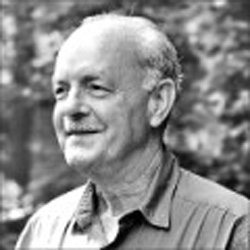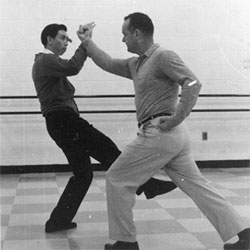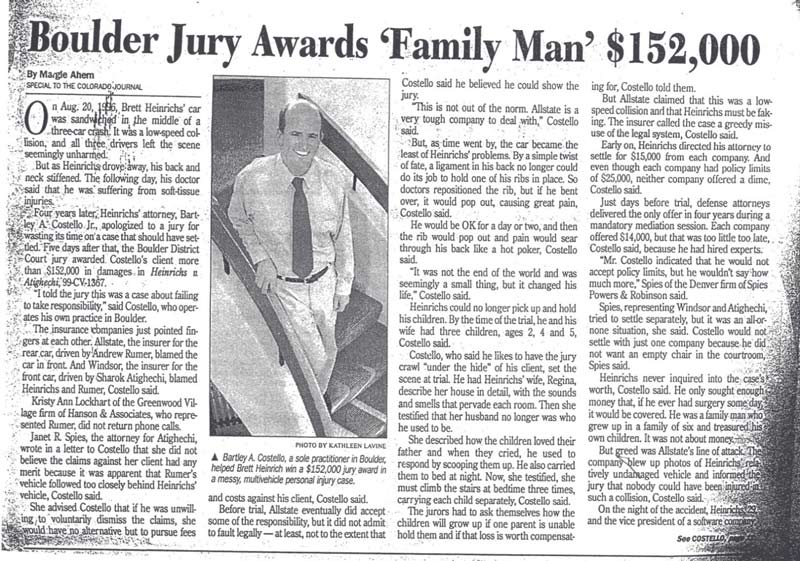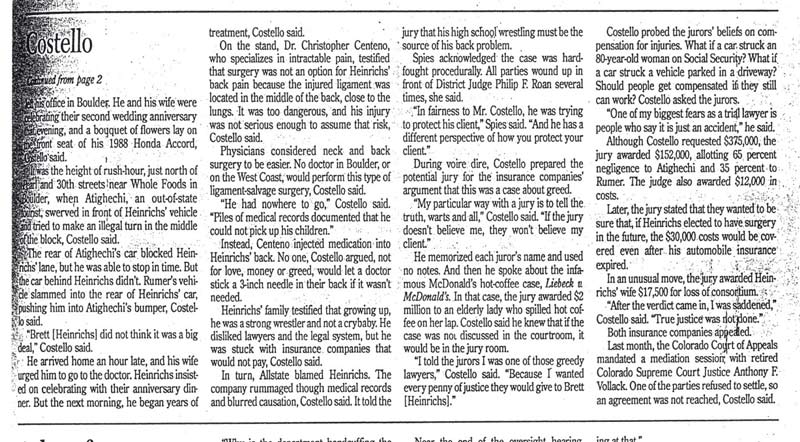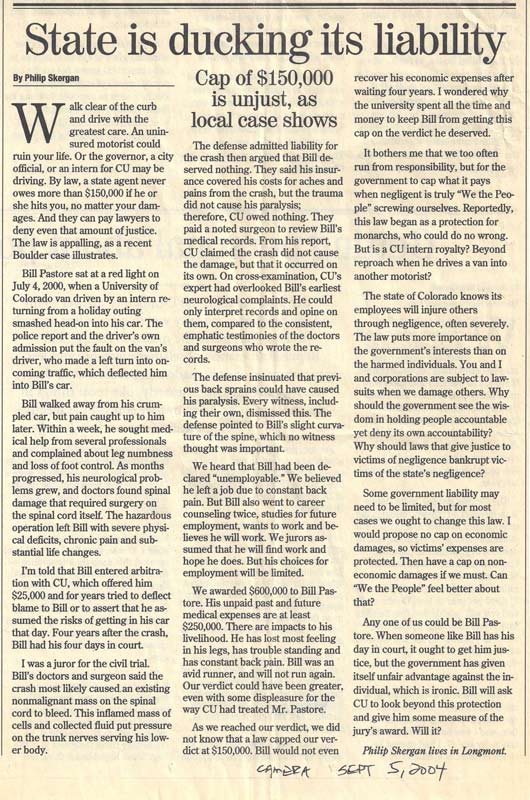BART COSTELLO EDUCATIONAL BACKGROUND
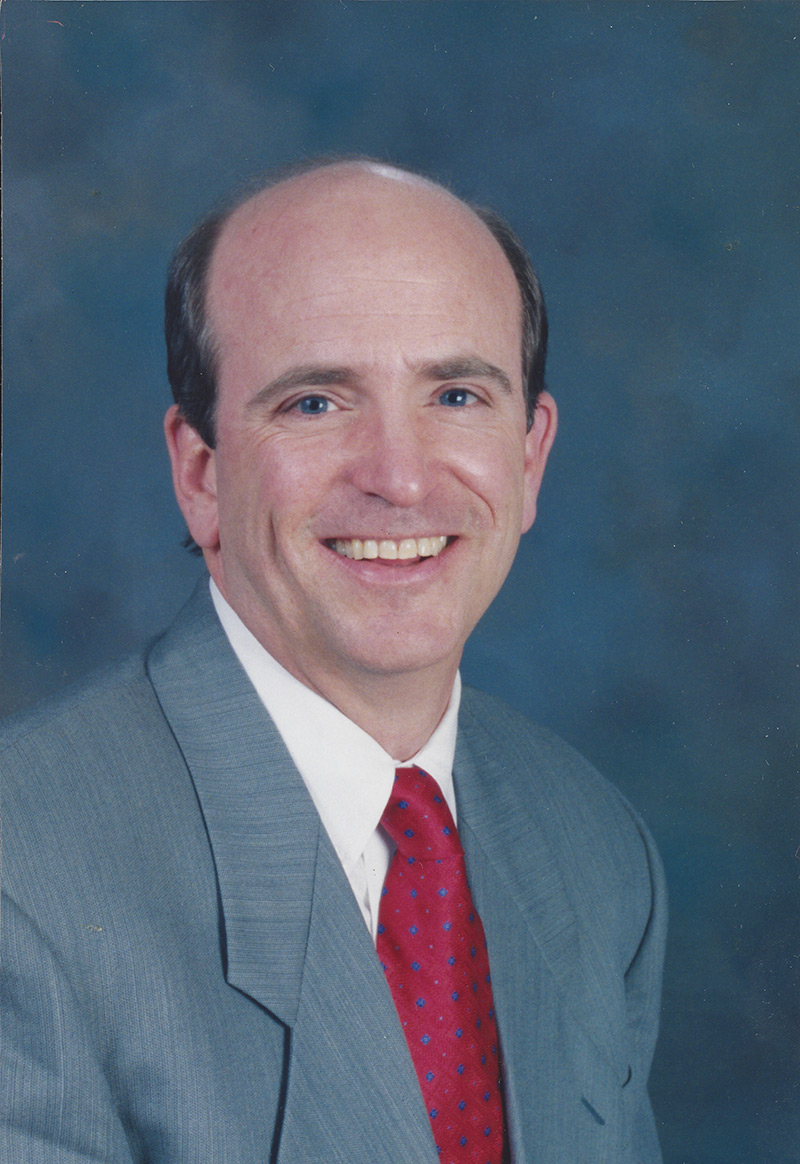
High School, Washington, D.C.
1971 to 1975
University of Colorado School of Business
1975 to 1978
Boulder District Attorney’s Office, Director of Consumer Affairs Office
1979 to 1982
Law School, Northwestern School of Law of Lewis and Clark College, Portland Oregon
1982 to 1983
Associate for Boulder, Colorado personal injury firm
1983 to 1985
Deputy Public Defender, Denver, Colorado
1985 to present
Founded my Personal Injury Law Firm, limited to personal injury cases for 30 years
1998 to 2002
Trial Lawyers College with Gerry Spence, student and later a staff member
But a brief resume can only say so much. Sometimes, one of the best ways to truly know who someone is inside is to discover their influences. I have been so fortunate to have exceptional and compassionate teachers. Below are some of the major influences in my life.
– Bart Costello
MY FATHER
I was raised near Bethesda, Maryland and was perhaps most influenced by my father, a hardworking, successful, and widely loved corporate executive.
From my father I learned to be curious about how things are, and to ask why. My father modeled for me how to be a winner, how to learn from losing, how to take personal responsibility for my actions, and how to treat people fairly. Fortunately, he also showed me how to fix just about any-thing involving plumbing, wiring and tools.

Pictured: My father on the left, Senator Everett Dirksen, Admiral Arleigh Burke, Senator Mike Mansfield.
JUDO
Another profound influence of mine was a nationally revered judo instructor, Robert W. Smith, of Bethesda, Maryland. Mr. Smith mentored me for many long hours at the Bethesda YMCA Judo Club from ages 8 to 16. Mr. Smith served in the Pacific as a Marine where he learned various Asian martial arts including Judo, T;ai Chi, Pa-Kua and Hsing-i. He won his third degree black belt in Tokyo through tournaments and competition. As an early pioneer of Asian Marital Arts in the West, he led many young teenagers, including me, to win national competitions through competitive judo tournaments. He reminded us constantly that we were training with him simply to learn how to “run from a fight with confidence”. He was keenly aware of the skills he was teaching, and would expel anyone whom he heard was using judo outside the Club, no questions asked.From Mr. Smith I learned humbleness, inner silence, humor, self-esteem, and how to deliver precise and overwhelming power when needed. But mostly he taught me how to avoid or deescalate such situations. With his guidance, I competed in the U.S. Junior Judo Olympics in the mid-1960’s coming in fourth place.
High School, Washington, D.C., near the White House
(1967 – 1971)
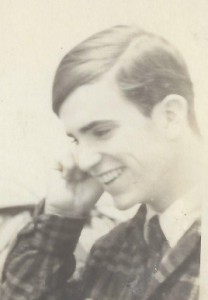

I attended high school in downtown Washington D. C. during the late 1960’s not far from the White House. During this period of profound political and social upheaval, Washington D.C. was a powder keg just waiting to explode around civil rights and the ongoing Vietnam war. I remember it like it was yesterday.
Seventeen years old and a senior in high school, I was there when the U.S. arrest record was set on “May Day” May 3, 1971 in Washington, D.C. More than 7,000 people were arrested that day, with 2,000 being arrested before 8 a.m. as protesters began blocking traffic in opposition to the Vietnam war. I was covering the event as the editor of my high school newspaper, wearing a suit and tie −right there− in the epicenter of it all on Dupont Circle.
President Richard Nixon, resting in San Clemente that day, called in a combined force of 12,000 federal troops, police and National Guard. Federal military para-troopers and helicopters landed at the Washington Monument. The D.C. police were ordered to “sweep the streets” and thousands were arrested who were not involved in the protest. I barely slid away from the police as secretaries, construction workers, government employees, nuns, and nearly everyone was grabbed and marched into waiting buses. The city jails were immediately overcrowded despite the fact that as many as twenty people were crammed into a two-person cell. 1,500 more were packed into the jail’s recreational yard, with the remaining thousands incarcerated at the Washington Redskins’ practice field.
Virtually no arrest records were created and very little paperwork was produced. A lawsuit was brought by some asserting that they were falsely arrested at the Capitol. A Washington D.C. jury later awarded them $2.5 million in damages, which was distributed to about 1,000 people.
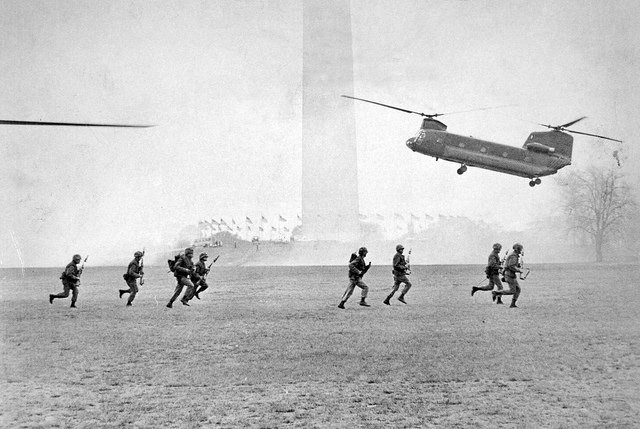 Federal troops and helicopters at the Washington Monument on May 3, 1971
Federal troops and helicopters at the Washington Monument on May 3, 1971 The U.S. arrest record set that day over 45 years ago still stands.
The U.S. arrest record set that day over 45 years ago still stands.
From these events I learned about the vast power of the Law and the Courts, and especially about the constitutional right to a jury trial. My interest in law widened a great deal in those days. Seeing the full power of the government unleashed was eye opening.
It was at this time that I became deeply committed to serving those who are abandoned, marginalized, and dismissed as human beings. This day in May greatly shaped my current law practice.
Today, I stand up for those who are injured through no fault of their own and feel powerless to do anything about it.
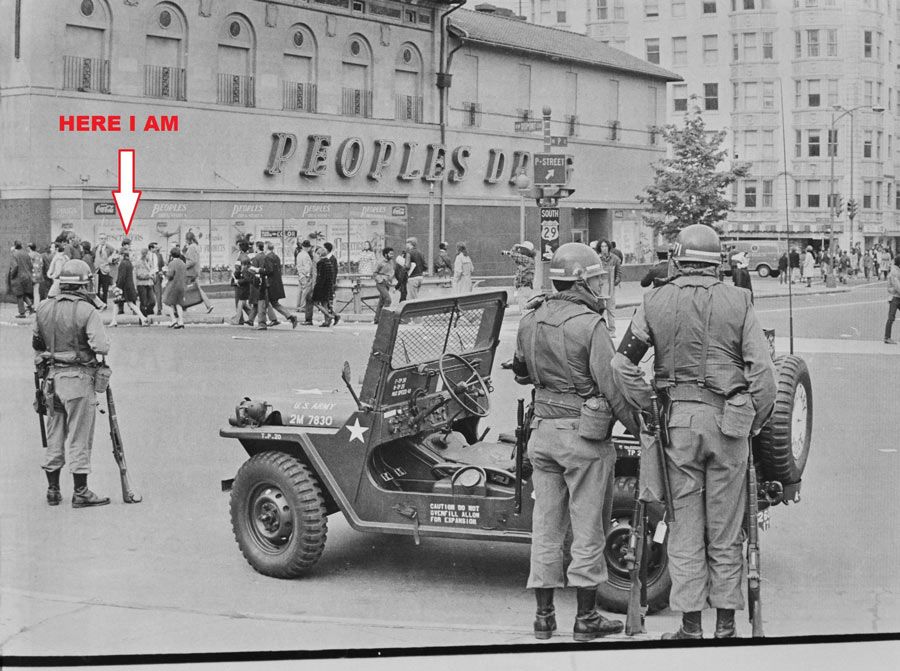
Dupont Circle, Washington, D.C. May 3, 1971. I was covering event as journalist for my high school paper. Photo taken looking out from the interior of Dupont Circle.

Dupont Circle. Washington, D.C. May 3, 1971. Photo taken looking toward DuPont Circle.
45 Years Later
-
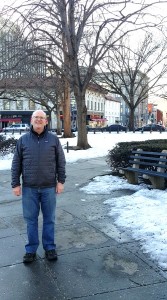
2016: Looking toward the old Peoples Drug.
-
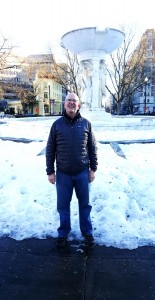
2016: The author at Dupont Circle, D.C.
University of Colorado School of Business
(1971 – 1975)
I graduated from the School of Business at the University of Colorado in 1975 with a degree in small business management with an emphasis in business law. I was deeply inspired by my business law professor, attorney Joe Frascona, Esq. He was a dynamic teacher, text book author, and one tough U.S. Army Colonel.
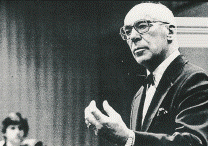
A Teaching Excellence Award named in his honor is awarded annually at the University Of Colorado Leeds School of Business.
Boulder District Attorney’s Office
Director of the Consumer Affairs Division
(1975 – 1978)
During and after college I worked as a paralegal at the Boulder County District Attorney Office as the Director of Consumer Affairs Office. I helped consumers resolve a wide range of consumer disputes including elder fraud, roofing scams, gold coin scams, auto repair disputes, and landlord-tenant problems.
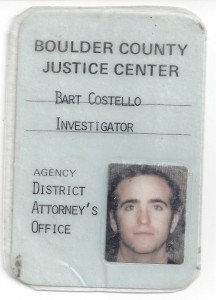
I authored a longstanding column in the Boulder Daily Camera about legal consumer protection topics.
Northwestern School of Law of Lewis and Clark College, Portland, Oregon
(1979 – 1982)
Personal Injury Firm Associate and Denver Public Defender’s Office
(1982 – 1985)
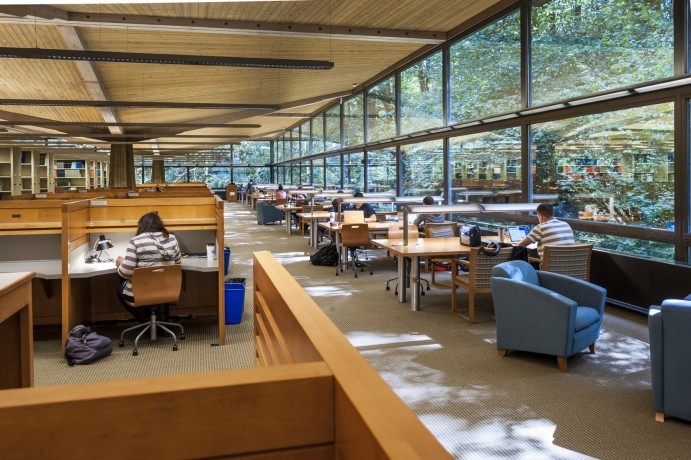
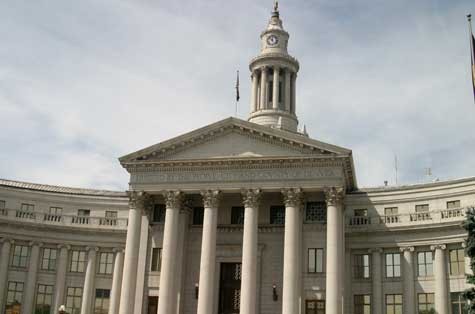
Pictured above: Library of Northwestern College of Law
Law Clerk for Nationally Known Medical Malpractice Attorney

Thomas E. Cooney, Esq.
Portland, Oregon
After law school, I had the great fortune to clerk for attorney Thomas E. Cooney, Esq., a nationally distinguished Trial Attorney who practiced medical malpractice defense work. He was a dedicated attorney and I learned by example from him that integrity and honesty is required at all times as an attorney.
I became deeply involved in medical-legal issues while clerking at Mr. Cooney’s firm.
Pictured above: Denver, Colorado Courthouse
Northwestern College of Law, Portland, Oregon
(1979 – 1982)

Pictured above: Library of Northwestern College of Law
Law Clerk for Nationally Known Medical Malpractice Attorney

Thomas E. Cooney, Esq.
Portland, Oregon
After law school, I had the great fortune to clerk for attorney Thomas E. Cooney, Esq., a nationally distinguished Trial Attorney who practiced medical malpractice defense work. He was a dedicated attorney and I learned by example from him that integrity and honesty is required at all times as an attorney.
I became deeply involved in medical-legal issues while clerking at Mr. Cooney’s firm.
Personal Injury Firm Associate and Denver Public Defender’s Office
(1982 – 1985)

Pictured above: Denver, Colorado Courthouse
Founded my Personal Injury Law Firm, Boulder, Colorado
Boulder, Colorado
1985 – present
With the skills and integrity I learned from these gifted people, I opened my own law firm in Boulder in 1985. My practice has been limited to personal injury cases since then. Our firm has successfully handled over 1,500 motor vehicle cases and collected millions of dollars for those injured through no fault of their own. We have always been on the side of people, and never on the side of corporations.
Trial Lawyers College
(1998 – 2003)

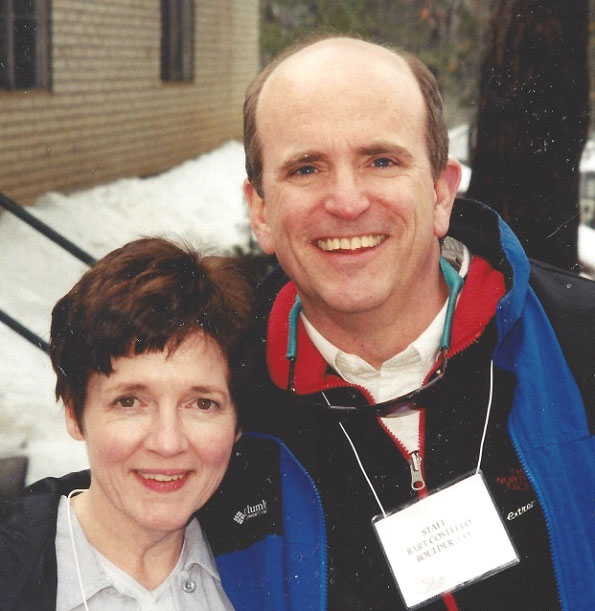

Gerry Spence, Esq.
As my trial skills grew, I wanted to learn even more. In 1998 I attended the Trial lawyers College in Dubois, Wyoming. That school was founded and taught, in person, by world famous trial attorney Gerry Spence. Mr. Spence is widely recognized as one of the greatest trial lawyers of all time having won more multi-million dollar verdicts without an intervening loss than any lawyer in America. His famous cases include representing Karen Silkwood against the nuclear industry. Mr. Spence taught me how to get under the hide of a witness so that I can see the truth from all sides.
He also taught me as much about myself as anyone I know, a truly remarkable man. I was honored to attend his Trial Lawyers College and teach as a member of his staff for several years afterward.
Pictured: Gerry Spence at the Trial Lawyers College, Dubois, Wyoming – 1998, 2001

Kaitlin Larimer
Kaitlin Larimer has been a strong influence in my life. Kaitlin is perhaps the most empathic person I have ever known. As a psychologist and teacher, she works with trial attorneys and others to unravel feelings and experiences arising from trauma.
From Kaitlin Larimer I learned courage, persistence, spontaneous creativity, and how to really listen to someone. Over the years of watching and working with Kaitlin, I learned how to reverse roles with trauma patients in an effort to feel and understand their life and physical and psychological pain. Katlin’s profound gifts have been critical in my life and trial work.
Katlin Larimer has been active in the mental health field since 1974. She is one of the founders of the National Psychodrama Training Center, which teaches psychodrama and its relationship to trial law.
Pictured: Kaitlin Larimer, M.S.W. and Bart Costello Mt. Palomar, California

Don Clarkson
Don Clarkson is a psychologist I met at the Trial Lawyers College in Wyoming. Don is a teacher and consultant who guides trial lawyers to better understand themselves, their clients, and their jurors. Don often faces conflict and emotional situations in his profession.
From Don Clarkson I learned that power can flow from gentleness, and that kindness is not to be mistaken for weakness. Indeed, Don Clarkson has as much personal strength and wisdom as anyone I have ever met, yet he is soft-spoken, intuitive, and profoundly honest. I learned about self-respect from Don, and about the significance of emotional boundaries.
Don Clarkson is a former Adjunct Professor at American University in Washington, D.C.. Don currently is in Private Psychotherapy Practice in Washington D.C., and is a Faculty Member at Gerry Spence’s Trial Lawyers College in Dubois, Wyoming.
Pictured: Bart with Don Clarkson, M.S.W. – Dubois, Wyoming


